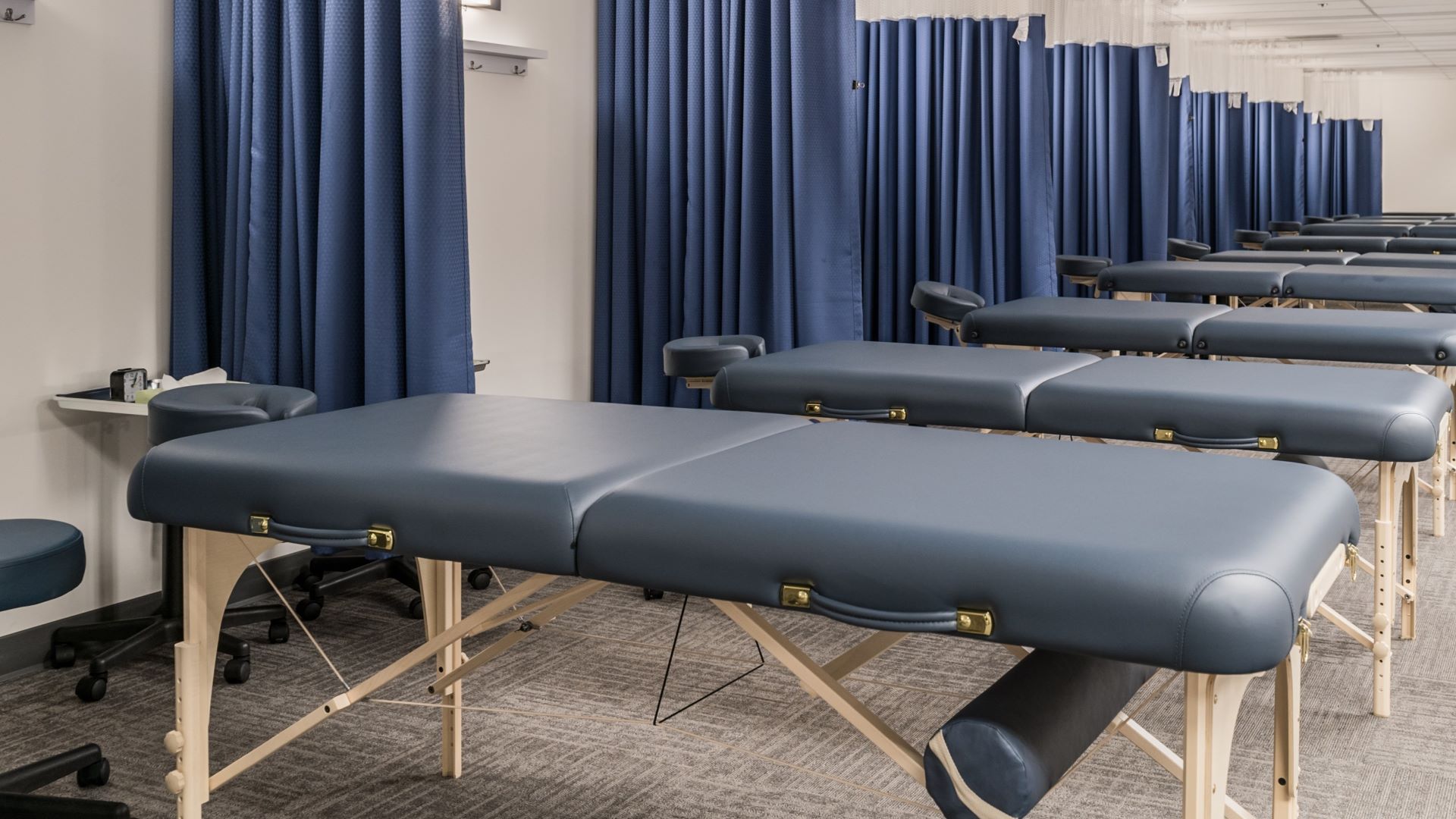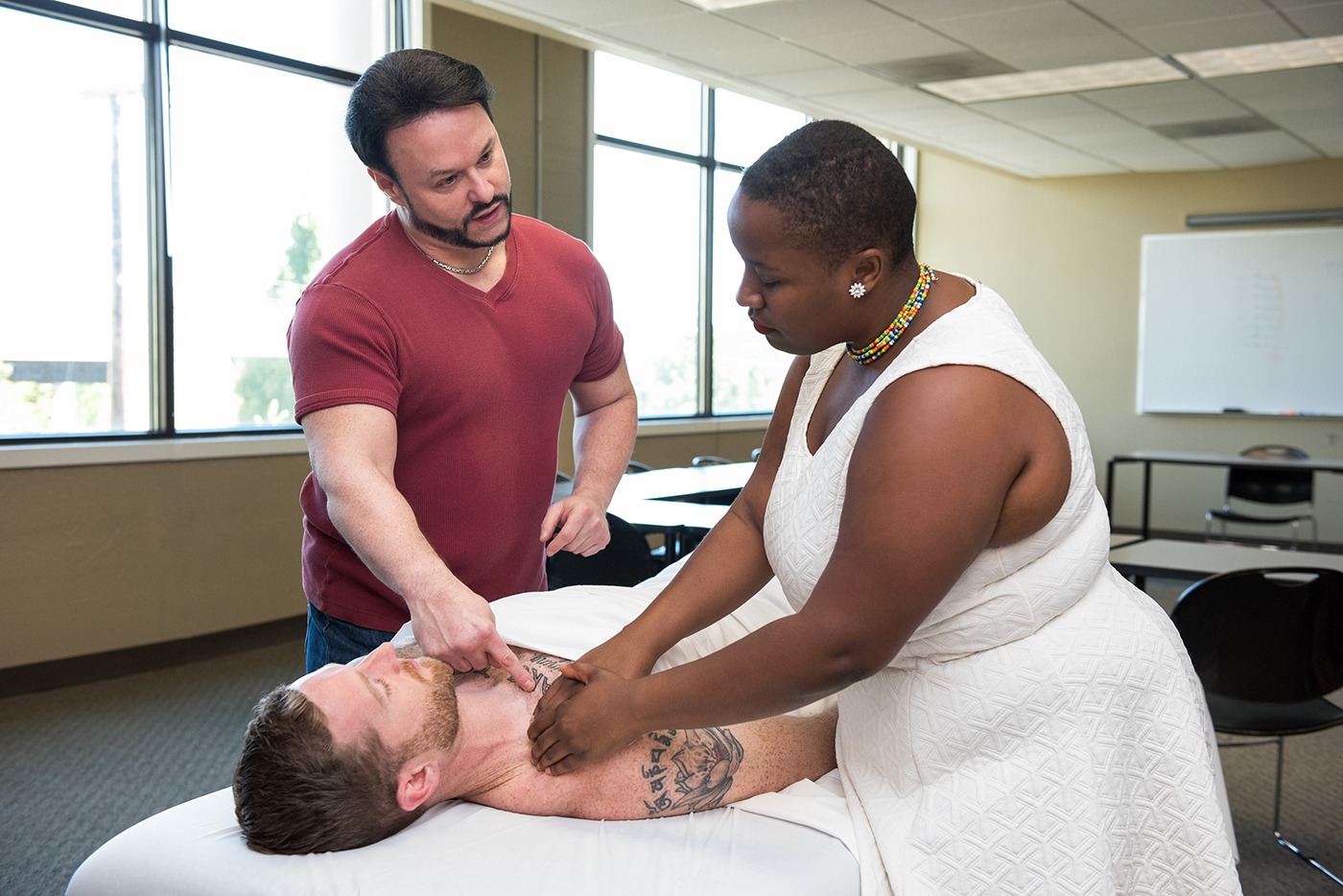Anyone who has ever been pregnant knows prenatal massage can be a lifesaver. But what about after labor? In the six weeks following giving birth, the body is adjusting to parenthood while also returning to its pre-pregnancy size. Many new parents experience pain in the hips, low back, shoulders, neck, and wrists, among other challenges. To inform both LMTs and patients, we’re listing the benefits and contraindications of postpartum massage.
Benefits of Postnatal Massage
Relaxation and Stress Reduction. New caregivers will appreciate the relief that massage delivers to all clients. By reducing muscle tension, massage can decrease stress hormone levels.
Help Offset Baby Blues and Postpartum Depression. Massage therapy is a powerful tool in battling anxiety and depression, including among new parents. Around two thirds of people who recently gave birth experience short-term blues; 10-15% suffer postpartum depression. Research shows massage is a beneficial treatment for both.
Pain Relief. Breastfeeding can cause shoulder, neck, and back pain. Lingering hip and/or back pain following delivery is common. Massage can deliver pain relief.
Hormone Regulation. The post-delivery emotional rollercoaster stems in part from significant hormonal changes. Progesterone and estrogen levels drop precipitously from their heights during pregnancy, causing huge mood swings. Moreover, caring for a tiny human can increase stress hormones including cortisol. Massage helps decrease cortisol as well as dopamine and serotonin, which are associated with depression.
Reduced Inflammation. Did you know that fluid volume in the body decreases by 50% following delivery? Massage can assist in this process by boosting circulation and lymphatic drainage. Additionally, tissue manipulation helps the body move fluids to the proper places.
Improved Breastfeeding. Stress lowers breast milk production, so a tranquil massage is good for those opting to chest/breastfeed their babies. Massage has also been shown to increase prolactin, a hormone important to milk production. Finally, the healing touch of massage therapy can help offset the pain of repetitive chest/breastfeeding positions.
Increased Sleep. Round-the-clock feedings, diaper changes, and other baby care cause intense fatigue, which massage therapy can help offset. Delta brain wave activity increases during massage, as the recipient enters a state of deep relaxation.
Overall, massage can help speed recovery for new parents, including those who delivered via C-section.
That said, therapists can best serve this unique client population by preparing their space, carefully reviewing the client’s intake information and treatment requests, and practicing continuing education on how birth impacts the body. To get started, here are a few basics for providing postpartum massage therapy.
Tips for Therapists Providing Postpartum Massage
- Consider side-lying posture. In the first couple of weeks after birth, the uterus is still contracting, and the breasts may be quite tender. The side-lying position can keep new caregivers comfortable on the table. If the client prefers a belly-down position, a cushion under the chest can take pressure off the breasts. After two weeks, most people who gave birth are comfortable receiving massage in prone and supine positions.
- Uterine Massage is beneficial. While one’s inclination may be to avoid the uterus, the truth is that massage in this abdominal area is helpful. Indeed, in the first few days after delivery, hospital staff provide strong pressure on the uterus. Why? Because the delivery of the placenta leaves an open wound on the uterus, and the pressure helps close the wound. Massaging the uterus also encourages it to return to its pre-pregnancy size (about the size of a pear).
- Abdominal separation is something to look out for. Sometimes pregnancy causes diastasis (separation) between the right and left rectus abdominis muscles. Diastasis is present if one or more of your fingers can drop into a depression between the rectus abdominis muscles. In this case, advise your client to bring the muscles together when doing abdominal exercises. This can be accomplished by wrapping a towel or belt around the midsection. Some abdominal exercises, such as crunches or sit ups, should be avoided for some time, as recommended by the client’s medical team.
Contraindications of Postpartum Massage
Those who delivered by C-section can still receive massage, but must be cleared by their doctors first. In such cases healthcare professionals may recommend avoiding the abdominal region. Beyond this, postnatal massage contraindications include eczema, rash, high blood pressure, and other conditions that limit massage for the general population. It is always best for clients to clear treatment with their doctors before making a massage appointment.
Particularly in the so-called “fourth trimester,” when the new baby is still adjusting to life outside the womb, new parents are often exhausted. Massage is a remarkable gift for those caring for a new human. Massage therapists looking to give this wonderful gift can find continuing education classes on the topic. For our current massage therapy continuing education offerings, please call 504-233-6500 or visit EastWestCollege.edu.




